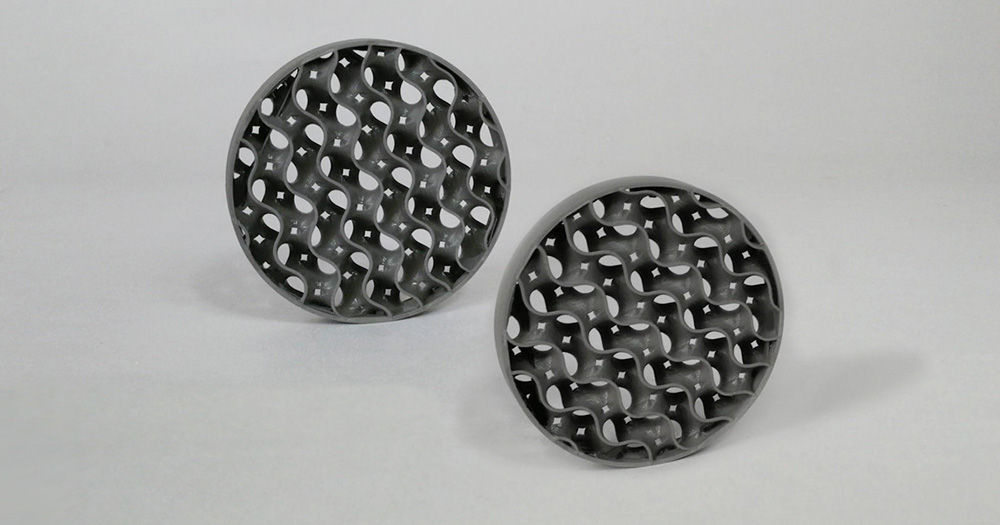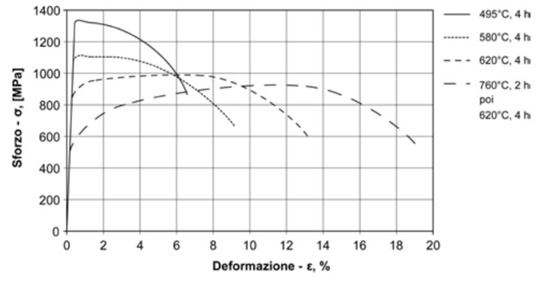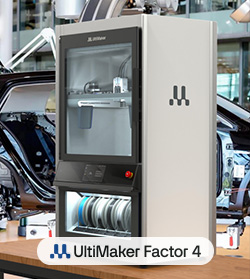Metal catalytic reactors for air purification

For many years now, the need to develop tools and machinery for air purification, in the home but above all in the industrial sector, is under everyone's eyes. The new frontier of air purifiers is based on the combination of 3D printing of metals and catalytic oxidation mechanisms.
The advantage of catalytic combustion, compared to thermal combustion, is to guarantee the complete oxidation of volatile organic substances at a relatively low temperature (300°C). The low combustion temperature, in addition to allowing lower energy consumption, ensures a negligible production of NOx, a pollutant usually present in concentration within the limits of the legislation in combustors operating at higher temperatures.
The oxidation of organic pollutants can be achieved with an efficiency of not less than 98%, whether the contact time between the effluent to be purified and the catalyst is adequate.
Thanks to the 3D printing technology of metal filaments (Metal FFF), it is possible to create catalytic reactor structures with high thermal conductivity, which allow to carry out the purification process of polluted air efficiently and effectively.
By recovering the energy released from the reactor, the catalysis process is efficient in terms of energy conservation due to the innovative reactor designs and structures that provide a large heat exchange surface and low pressure drop, also ensuring a very efficient conversion in the small volume of the reactor.
How to make these patterns?
Slicing Cam softwares such as Ultimaker Cura allow you to use these mathematical progressions inside the part, without the need of drawing them in the design phase on Cad by the mechanical designer. Therefore, in the section of Cura software in which there are the settings relating to the filling, it is possible to modify the infill by following the pre-set patterns.
The example in the photo above shows the gyroid type pattern with an infill percentage of 20%.

A gyroid is a natural structure that allows excellent rigidity and tensile strength associated with low density, therefore less weight. It is also present in the membranes within the cells.
In 2017, MIT researchers investigated the possibility of using the shape of the gyroscope to transform two-dimensional materials, such as graphene, into a three-dimensional structural material with low density and high tensile strength. Thus, transforming a material such as graphene, two-dimensional, into three-dimensional.

During the tests it has also been found that the crucial aspect of these properties was the structure of the gyroid itself and that other materials, such as plastic, could benefit from them.
Currently, Sclicers such as Ultimaker Cura and Raise3D IdeaMaker have integrated the Gyroid infill among the possible applicable choices.
Which metal filaments should be used for this application?
17-4 PH and 316L are the stainless steels that best suit the applications described above.
Ultrafuse 316L: High corrosion resistance, toughness, polishability, ideal for the pharmaceutical, medical, food and chemical industries.
Ultrafuse 17-4 PH: High corrosion resistance, ideal for the automotive, aeronautical, marine, oil & gas industries to make tools, jigs and fasteners subjected to higher loads.
PH indicates that this metal is of the "Precipitation hardener" type of stainless steel and therefore it can be heat treated to combine the high resistance to corrosion, the main characteristic of a stainless steel with a greater mechanical resistance.
| Ultrafuse 316L (XY) | Ultrafuse 17-4 PH (XY) as sintered | |
| Tensile strenght | 561 MPa | 880 MPa |
| Yield strenght | 251 MPa | 680 MPa |
| Elongation at break | 53% | 5,8% |
| Hardness HV10 | 128 | 257 |
Hereunder the results of the stress/strain curve at the end of the precipitation hardening treatment on 17-4 PH.








Leave your comment